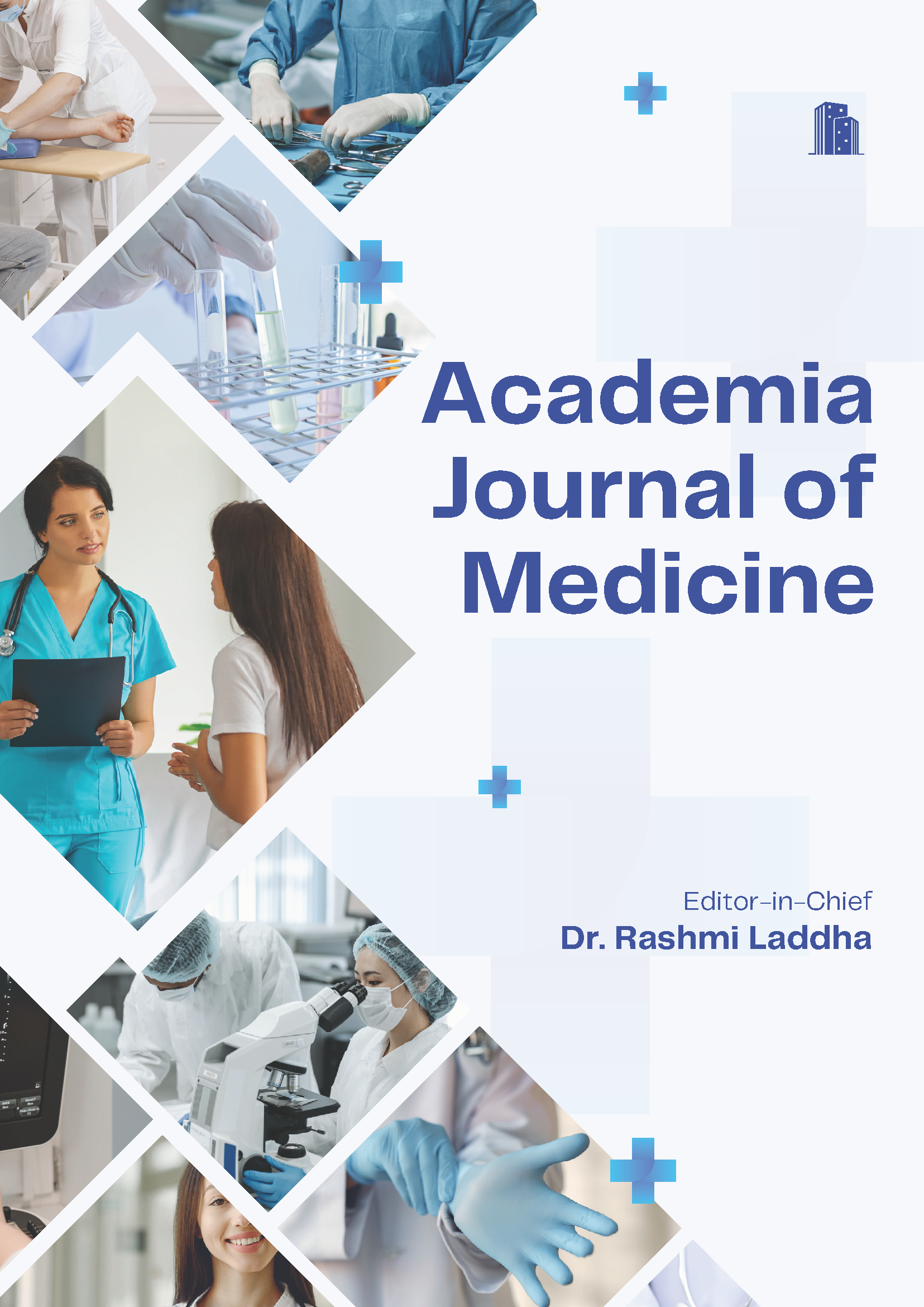A Study on the Prevalence of Premenstrual Dysphoric Disorder in Medical Students
Keywords:
Menstrual Complaints, Premenstrual Dysphoric DisorderAbstract
Background: Premenstrual dysphoric disorder is a common yet underdiagnosed mental health problem among women of reproductive age group with a significant potential to perturb the social, occupational, academic and interpersonal milieu of the suffering women. The aim of the study is to determine the frequency and severity of the premenstrual dysphoric disorder (PMDD) in medical college students. The premenstrual dysphoric disorder is a common yet underdiagnosed mental health problem among women of reproductive age group with a significant potential to perturb the social, occupational, academic and interpersonal milieu of the suffering women. Subjects and Methods: Premenstrual dysphoric disorder was diagnosed based on Penn’s daily symptom rating scale (self-administered for 2 months) and an interview-based on diagnostic and statistical manual -5 diagnostic criteria for the premenstrual dysphoric disorder. Results: Overall 180 subjects were studied. The prevalence of premenstrual dysphoric disorder was wound to be 11.11 % (n= 20). The most common symptoms found were fatigue irritability, mood swings and A significant correlation between the severity of premenstrual and menstrual difficulties was found with PMDD. Conclusion: The current study highlights the need for clinicians to assess for premenstrual dysphoric disorder in females visiting the hospital with premenstrual and menstrual complaints.
Downloads
References
1. Yonkers KA, O’Brien PMS, Eriksson E. Premenstrual syndrome. Lancet. 2008;371(9619):1200–1210. Available from: https://dx.doi.org/10.1016/S0140-6736(08)60527-9.
2. Raval CM, Panchal BN, Tiwari DS, Vala AU, Bhatt RB. Preva lence of premenstrual syndrome and premenstrual dysphoric dis
order among college students of Bhavnagar, Gujarat. Indian J Psychiatry. 2016;58(2):164–170. Available from: https://dx.doi. org/10.4103/0019-5545.183796.
3. Hartlage SA, Freels S, Gotman N. Criteria for premenstrual dysphoric disorder: secondary analyses of relevant data sets. Arch Gen Psychiatry. 2012;69(3):300–305. Available from: https://dx.doi.org/10.1001/archgenpsychiatry.2011.1368.
4. Pearlstein T, Yonkers KA, Fayyad R, Gillespie JA. Pretreatment pattern of symptom expression in premenstrual dysphoric disorder. J Affect Disord. 2005;85(3):275–282. Available from: https://dx.doi.org/10.1016/j.jad.2004.10.004.
5. Premenstrual Dysphoric Disorder: Epidemiology and Treatment. Curr Psychiatry Rep. 2015;17(11):87. Available from: https: //dx.doi.org/10.1007/s11920-015-0628-3.
6. Alami KM, Tahiri SM, Moussaoui D, Kadri N. Assessment of premenstrual dysphoric disorder symptoms: population of women in Casablanca. Encephale. 2002;28(1):525–530.
